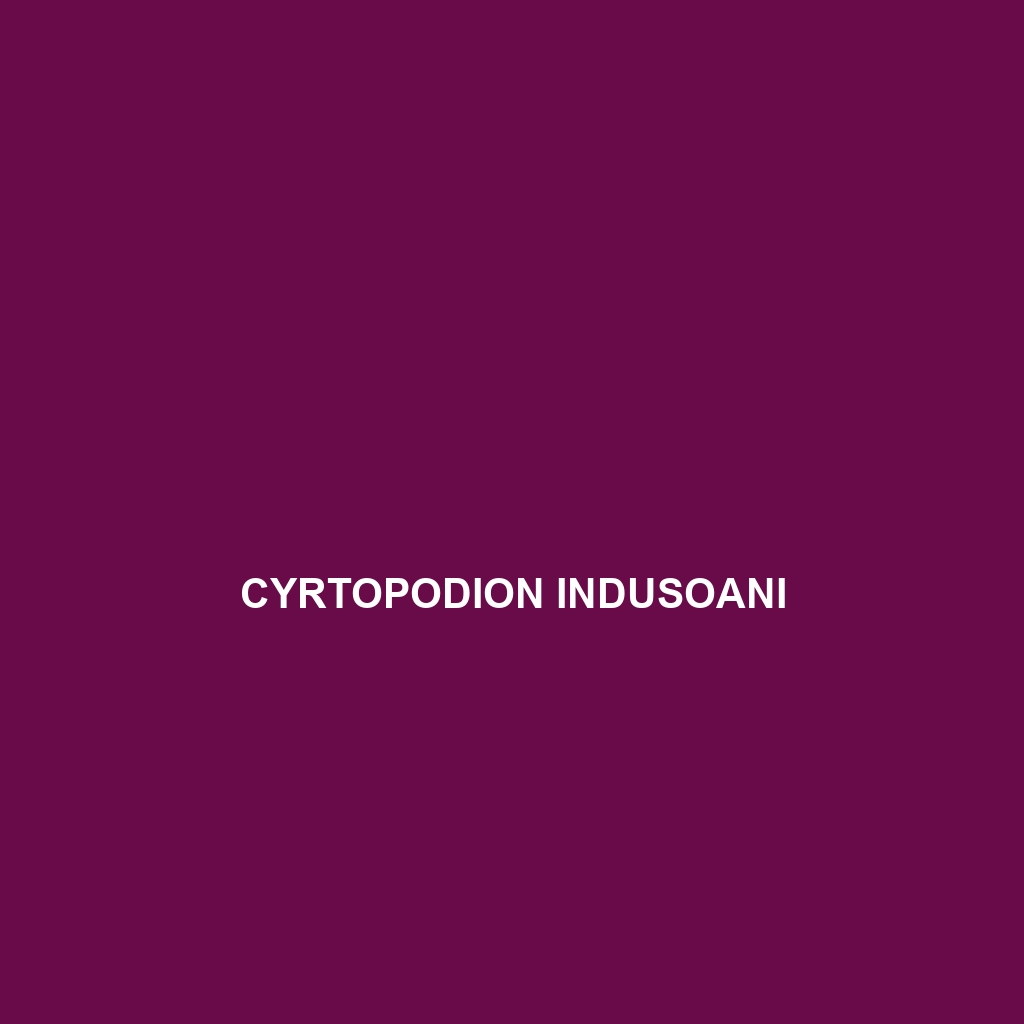Cyrtopodion indusoani
Common Name: Cyrtopodion indusoani
Scientific Name: Cyrtopodion indusoani
Habitat
Cyrtopodion indusoani, commonly known as the Indus gecko, is primarily found in the arid and semi-arid regions of southern Asia, specifically in Pakistan and adjacent areas of India. This species thrives in rocky deserts, scrublands, and areas with sparse vegetation, where it can easily camouflage itself against the rocky substrates and sandy grounds.
Physical Characteristics
This medium-sized lizard typically measures between 15 to 20 centimeters in length. Cyrtopodion indusoani exhibits a distinctive coloration that ranges from light beige to pale brown, often adorned with dark spots or bands, providing effective camouflage. Its elongated body, flattened head, and well-developed toes equipped with broad lamellae enable it to navigate rocky terrains effortlessly. The gecko’s large eyes and vertical slit pupils are adapted for nocturnal vision, allowing it to hunt during the night.
Behavior
Cyrtopodion indusoani is primarily nocturnal, emerging after sunset to forage for food. Highly territorial, males engage in vocal displays and physical confrontations to establish dominance. This gecko is known for its agile movements, often climbing rocky surfaces and using its rapid reflexes to evade predators. They exhibit a unique behavior of basking on warm rocks during cooler nights to regulate their body temperature.
Diet
The diet of Cyrtopodion indusoani consists primarily of insects, including crickets, moths, and beetles. They are insectivorous and actively hunt during their nocturnal activities, utilizing their keen eyesight to detect prey in low-light conditions. The gecko may also consume small arthropods, which are abundant in its habitat.
Reproduction
Cyrtopodion indusoani engages in a breeding season that typically occurs during the warmer months. Females lay two eggs at a time in hidden locations, such as under rocks or in sandy areas, providing protection against predators. After a gestation period of several weeks, hatchlings emerge, fully independent and miniature versions of adults, equipped with the skills needed for survival in their environment.
Conservation Status
The conservation status of Cyrtopodion indusoani is currently classified as vulnerable, primarily due to habitat loss from urban expansion and agricultural practices. Conservation efforts are essential to protect their natural habitats and mitigate the effects of climate change, ensuring the species’ survival.
Interesting Facts
One of the most fascinating characteristics of Cyrtopodion indusoani is its ability to change its body color based on environmental factors, aiding in camouflage. Additionally, these geckos possess a flexible diet and can survive prolonged periods without water, making them well-adapted to arid environments.
Role in Ecosystem
Cyrtopodion indusoani plays a significant role in its ecosystem as both a predator and prey. By controlling insect populations, it helps maintain ecological balance. Furthermore, these geckos serve as food for larger predators, including birds of prey and snakes, thus contributing to the food web within their habitats.
